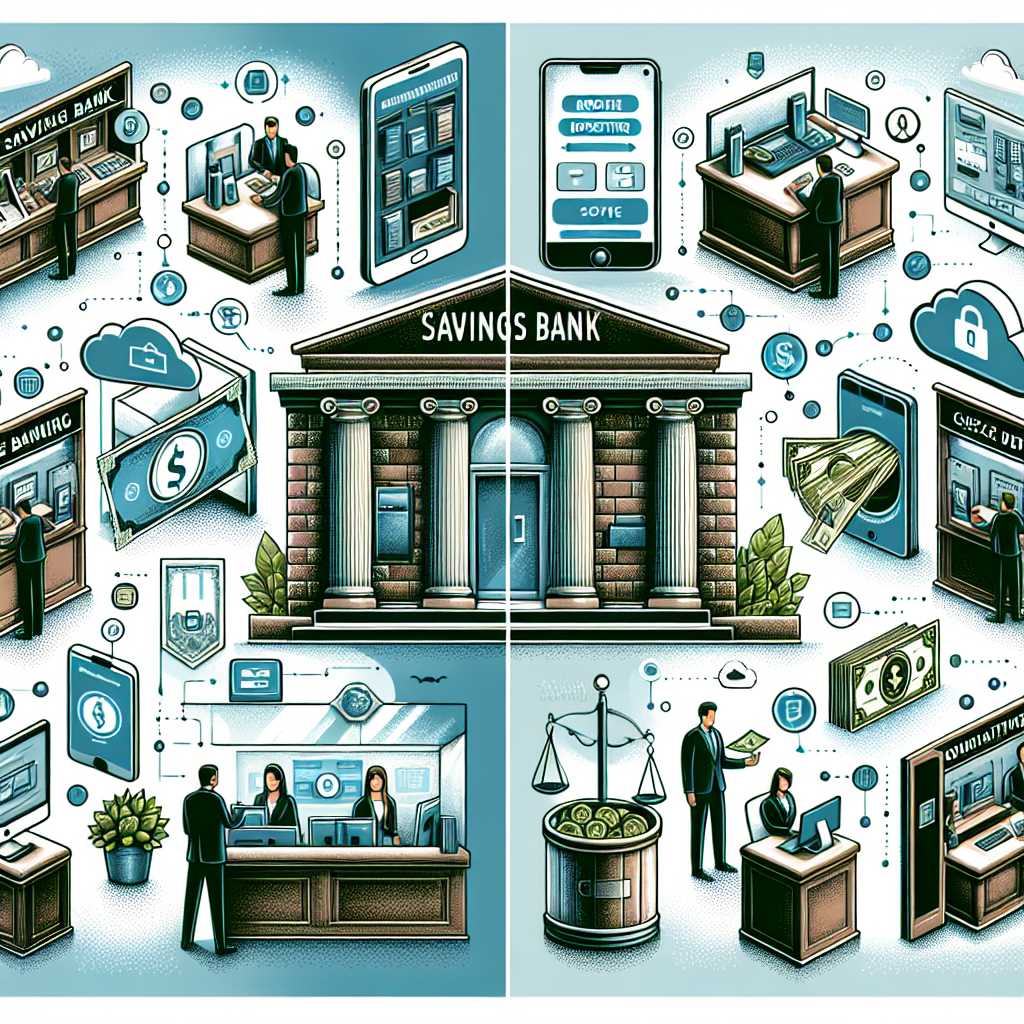Maximizing Security and Returns: An Exploration of Savings Banks
Savings banks play a pivotal role in the financial stability and wealth management strategies for millions of individuals worldwide. Their foundation of assured returns, deposit protection, and contribution to economic development by channeling public savings into productive investments make them pillars of the global banking infrastructure.
Introduction to Savings Banks
Savings banks are financial institutions that specialize in accepting savings deposits and paying interest on those deposits. Initially established to promote financial responsibility and thrift among the working classes, savings banks have since diversified their offerings. Today, these entities may provide a range of services including personal loans, mortgages, and financial advisement alongside traditional savings accounts.
Historical Perspective
The emergence of savings banks can be traced back to the 18th century in Europe, where they provided a safe place for the lower and middle classes to store their funds. Over time, these institutions have significantly contributed to democratizing financial services.
A Closer Look at Savings Banks Services
Savings banks offer a variety of products specifically designed to meet the needs of savers. Passbook accounts, certificates of deposit (CDs), money market accounts, and individual retirement accounts (IRAs) are common offerings. While these products vary in terms of accessibility, risk-level, and return on investment, they all serve the fundamental purpose of enabling customers to accumulate wealth over time.
Operational Principles and Functions
Maintaining consumer confidence is critical for savings banks; therefore, they operate under strict regulatory guidelines that assure their solvency and reliability. The interest rates on savings accounts and CDs are typically conservative but provide a stable return. Additionally, a significant portion of the deposits is usually invested in secure government bonds or mortgage loans that offer steady rates of interest.
Savings Banks vs. Commercial Banks: A Comparison
In contrast to commercial banks which tend to focus on more diverse financial activities – including riskier investment options or large corporate loans – savings banks concentrate on fostering savings habits among customers through low-risk investment strategies.
The Economic Impact of Savings Banks
By mobilizing household savings for lending in productive economic areas such as housing construction and small business growth, savings banks play a key role in stimulating financial empowerment and economic expansion. In addition, they often invest in community development programs.
Regulatory Framework and Account Protection
Internationally, savings banks adhere to stringent regulatory standards overseen by central banks or designated regulatory bodies. These regulations emphasize liquidity requirements, asset quality control, and depositor protection schemes to safeguard public money. For example, in the United States, the Federal Deposit Insurance Corporation (FDIC) provides deposit insurance which guarantees individual account holder’s money up to a certain limit.
Trends in Savings Bank Digitalization
With advancements in technology, many savings banks have evolved their service delivery models. Embracing digitalization allows for online account management, competitive interest rates due to reduced operational costs, and improves customer convenience dramatically.
